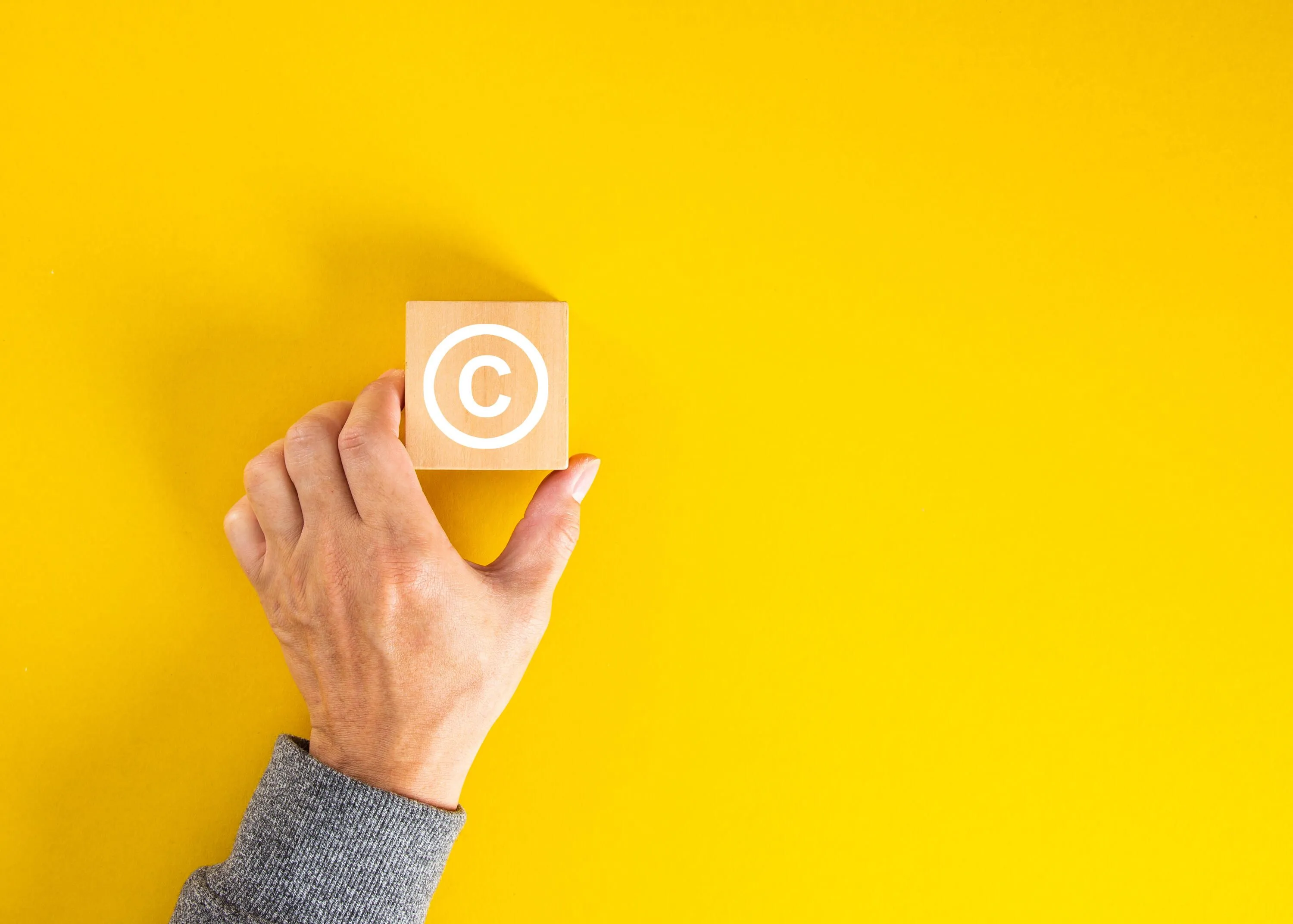Do I Need To Use The © Symbol?

Like a sign that says “private property”, the © symbol is a universal announcement that a creative work has a copyright owner.
You’ll see the symbol in statements like © Susie Artist, 2022, everywhere – on books, music, visual art, articles, films, software and more.
First introduced in America in 1909 and adopted for international use from 1955, the © symbol is recognised all over the world. It’s the first signal to the public that the rights in the work it’s attached to are owned by someone else.
But did you know that the symbol does not have to be present for copyright to exist?
Unlike trademarks, patents, and other forms of protection for intellectual property, copyright automatically applies when you’ve created something new and original - in a fixed and tangible form - with an identifiable creator.
There’s no official place in Aotearoa New Zealand to register for copyright protection; the law, by default, protects the work the moment it meets those criteria.
This is true in many other countries too. 181 member states of the Berne Convention (1886) subscribe to this international agreement governing copyright, and base automatic protection of copyright on the same, or similar criteria.
Because this protection is automatic, it’s not dependent on the © symbol accompanying the work.
Sometimes people think that if there's no visible © symbol, that work doesn't belong to anyone, and is open and free to use - but that's rarely true.
Very occasionally, you might come across a true orphan work; one with no traceable origin or creator, but often, a work might have no accompanying copyright information through oversight or negligence by the creator - or caretaker - or where someone has intentionally deleted the copyright notice.
If you want to use a work that doesn’t have a copyright symbol, you need to do whatever you can to track down the owner, so you can get the right permissions.
This might require some sleuthing, most likely through web searching, phone calls and sending a bunch of emails out to try to find the original creator.
If you really are unable to find information about who owns it, and you decide to go ahead and use the work - keep a record of your efforts (a log of calls, conversations and emails) so that if you need to, you can show that you diligently tried to find the copyright owner.
Being able to prove your good intentions and efforts to do the right thing will go a long way in settling an infringement situation.
As a creator, it's also important to make sure you have solid proof of copyright, so keep those sketches and early drafts of your work.
Just putting the © on a work doesn't prove you own it.
It’s advisable to keep a work history to show provenance, and the date for the origin of creation - particularly if you need to enforce your rights, or address an ownership dispute at any time.
While no © symbol is needed, it’s best practice to use it on all of your work, in part so that other people know the rights belongs to you, and so that you’re easy to find, if they’d like permission to reproduce, adapt, display or distribute your work - rights which belong only to the copyright owner.
Using the © symbol alongside your name and the year is an effective way to remind the world that the rights to use that work belong solely to you.
If you’d like to know more about copyright, you can register for the last public, online Creative Rights workshops for 2022 with Copyright Licensing NZ on Wednesday 16 November and Tuesday 29 November.